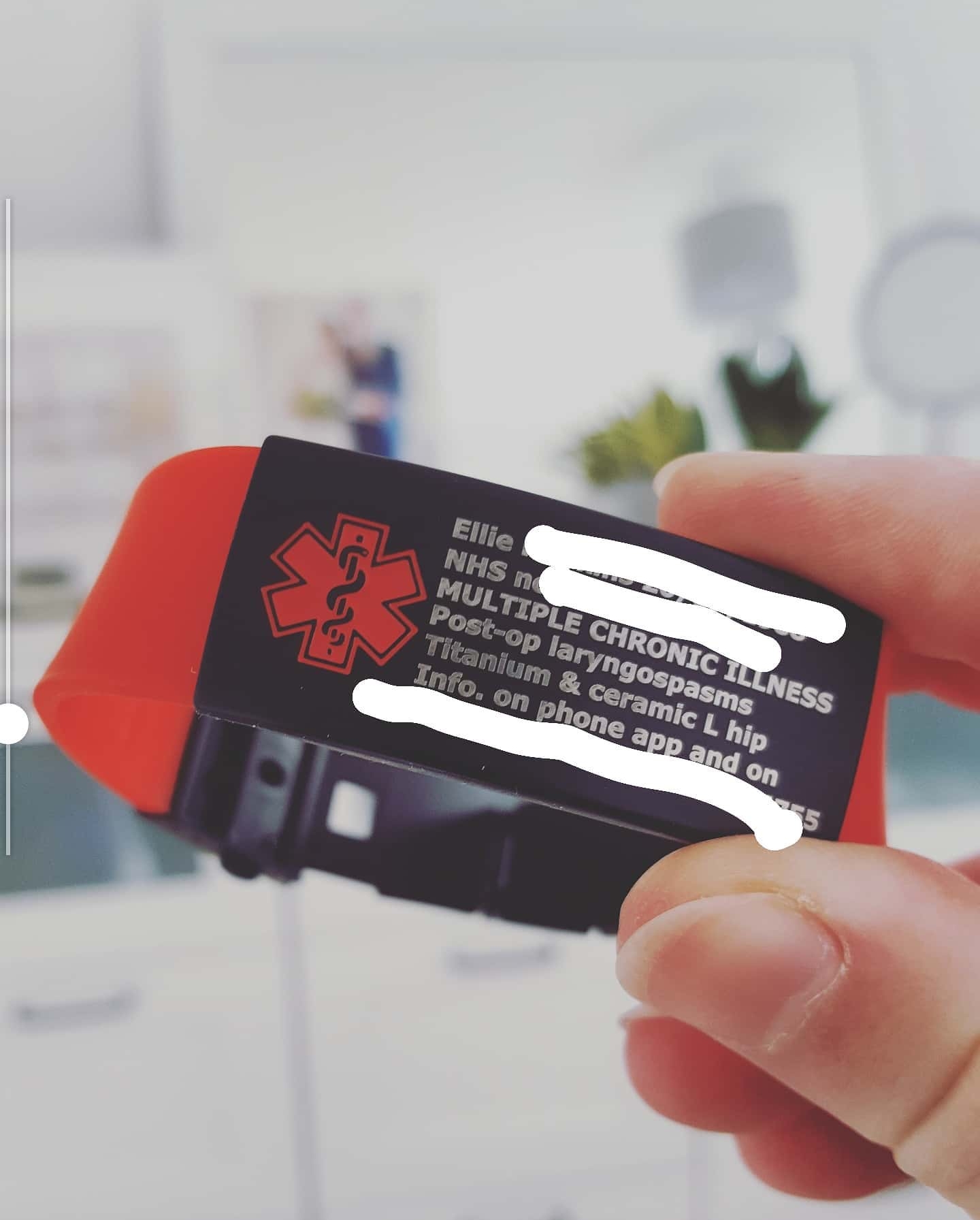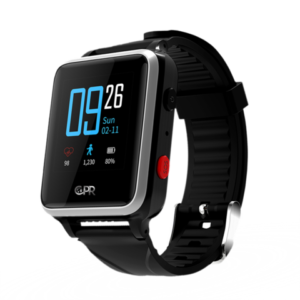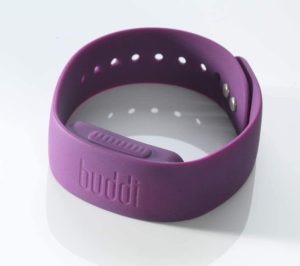
I’ve got a confession to make: after 13 months of shielding with my husband, I’m finding it hard to be at home alone now. This is particularly the case because in February I dislocated my hip (the one I had replaced 2 years ago) while bending to pick something up off the floor. Hurting myself doing something so simple has shaken my confidence in being able to be home alone safely. At the time I wasn’t near our landline and we don’t have mobile signal where we live, and I was stuck literally bent over double unable to move. I had to shout for my husband to come down from upstairs to help. But what if he hadn’t been in the house? What would I have done?
Now that shielding is lifted he goes away regularly overnight to see his mum and I’m home alone. It’s left me with anxiety about having another incident but this time by myself, so I’ve been putting measures in place that I thought I’d share that might help you too feel more secure at home if you’re also readjusting to being home alone again.
Making emergency details easy to access
If you’re in pain, have been given strong pain meds or (heaven forbid) you’re unconscious, communicating your medication list, diagnoses and allergies can be challenging but being accurate and thorough is vital. Even my husband doesn’t trust himself to remember it all. We keep my details in the following places and ways:
- We use a phone app with my complete details on both my phone and my husbands (in case one phone runs out of battery or has been left at home) – make sure the app you use allows you to access it while the phone is locked. There are plenty of free apps out there. Remember also to keep it up to date as your details change.
- I keep a printed list of details by the front door and pinned to the fridge so they are easy to find and grab by me or someone else in an emergency. This was really useful when I had my accident in February – I was able to hand the list over to the paramedics rather than try to hustle my morphine brain into remembering everything, and the paramedics then handed the list to the A&E doctors who stapled it into my file. This helped prevent anything getting missed, forgotten or lost (which is all too common). You can find the layout of the document I use here with the button to download it underneath, just fill it in with your details.
- I also keep that list as a digital document in Dropbox (you could use Google Drive or similar) too, which is shared with family, so that they have access from wherever they are as well. That way if they need to meet me at a hospital, they can bring my information with them if needed.
This may seem like overkill but a missed allergy or medication interaction can be serious if not fatal so what’s the harm in spending an hour setting these things up? I also put a reminder in my diary for every 6 weeks to update each location to make sure it’s always up to date.
Medical ID Jewellery
having a medical ID bracelet or necklace is a great way to alert paramedics or doctors to important information. If you’re like me, you’re never going to fit everything you need onto a bracelet, so I focus my information on my NHS number (so they can look me up on the computer database easily), my emergency contact numbers (so they can reach my relatives who can provide emergency details etc.), and the fact that information is on my phone. That way I’ve made best use of the limited space I have but still given them access to everything they need. Of course if you’re an epipien user or have a similar time-sensitive issue you should put that on your jewellery.
Medical jewellery doesn’t have to look horrible, many companies have a range of styles these days including silicone bands that make them look like smart watches, beaded beads etc.

Carry a phone with you
Sounds obvious but at home we often put our phones down and wander off leaving you means of contacting help out of reach. If you don’t have mobile signal, you’ll need to carry a landline phone (cordless of course) around instead. You can get holders that hang around your neck if you’re a leggings wearer like me.
Keys
Being able to get into the house is one of the big challenges facing anyone trying to help in an emergency, so make sure you’ve got a plan when it comes to access. Give copies of your keys to trusted neighbours and your emergency contacts so that they can get in and/or give them to paramedics. You can also get key safes installed that securely store your keys on an outside wall. You can give the access code to the emergency services and your emergency contacts so that they can access keys at your house if required.
Fall/Emergency Alarms
This is one I’m still considering, particularly because they’ve come along way in the looks department. Personal alarms and fall alarms are great if you spend a lot of time alone and/or are prone to falls. Some automatically detect falls while others have buttons you can press to alert emergency services and/or contacts. Many have apps that connect to your device, and some serve as smart watches too.
A couple that you might want to check out include:
Buddi – an automatic fall detector with an emergency button too. £99 up front and then £2 per week.
CPR Guardian – smart watch with emergency button that calls up to 5 contacts and the emergency services. Tracks heart rate and steps. £20/month


Check-Ins
Ask family and friends to check in on you by text or phone over the day or weekend so you know you’ll never go a long time without someone checking on you. It doesn’t need to be in depth, just a “everything ok?” will do, but you know that if you don’t reply, they’ll know to give you a call or pop over. That way if something happens and you’re stuck and unable to get in touch with someone, you won’t be there for hours.
Prevention is best
Of course the best thing is to prevent a fall or injury, so take it easy, wear braces, splints and supports, and avoid any activities you know are a risk for you if you can. We know this can be easier said than done!
Ask for help if you need it. For example I can’t walk both our dogs on my own but doing two walks in a day is too much, so my parents come and help me walk out dogs.

